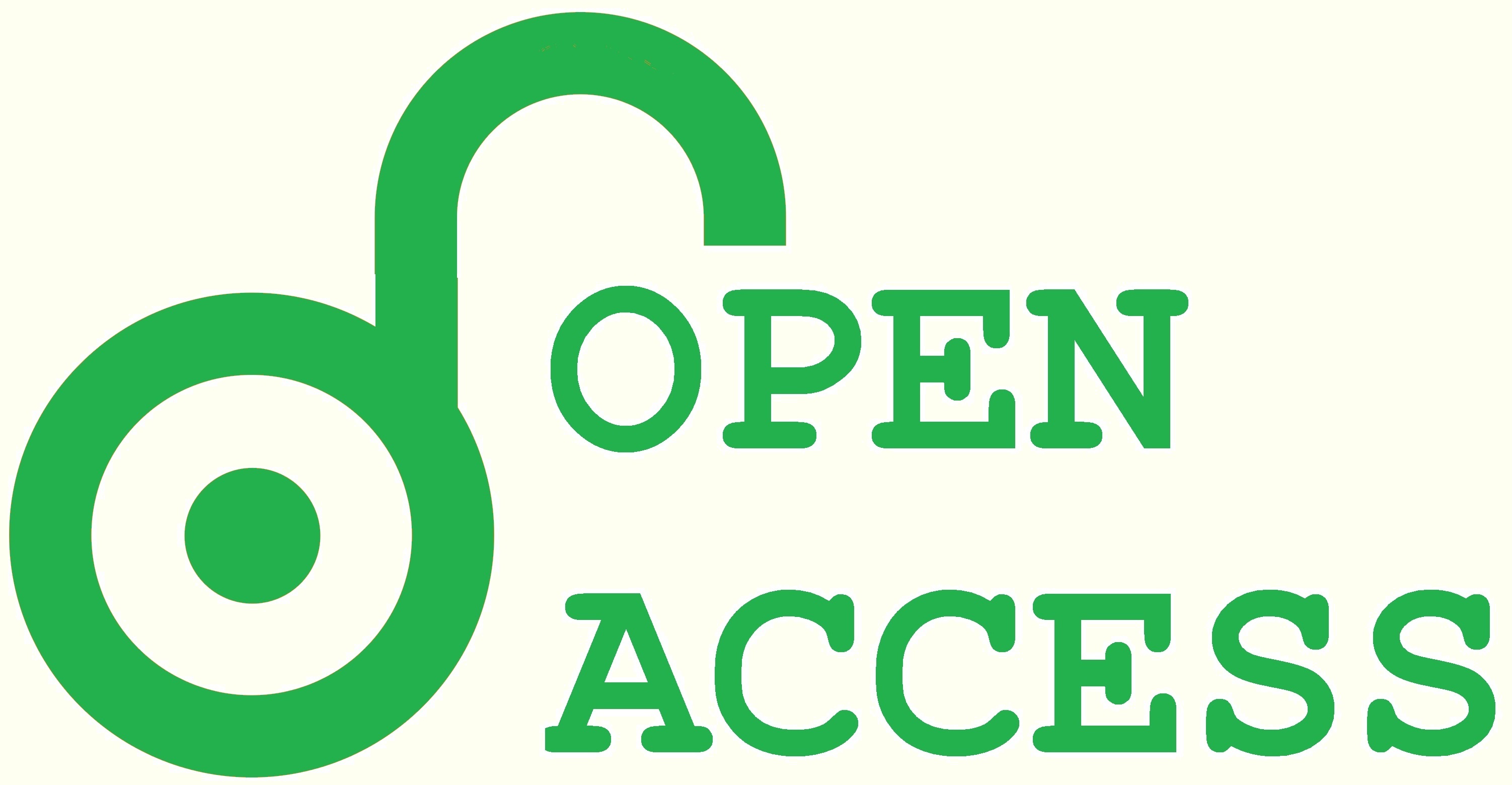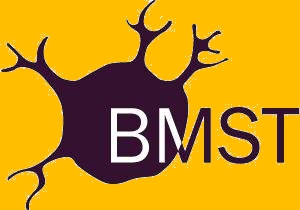Biomedical Sciences Today
A fast, peer-reviewed and multidisciplinary publication platform



Preparing manuscripts
Authors
need to prepare their manuscripts following this guideline in correct English using either MS word office
(template) or Tex (example of paper format can be found
here).
Font face is Calibri and size is 12 pt. All figures and tables need to be presented in appropriate places in
the manuscript. This guideline can be downloaded by clicking
HERE. Format of Commentary, Letter, Regular Article and Review
Article Page
limit: 1 page for commentary, 2-4 pages for letter, 4-8 pages for regular
articles, 5-20 pages for review. The
final version of the paper will be published as 2 columns pages. Word
count per page: 950 words (approximately) should be counted for one page that
contains words only. If there are figures, tables, etc. word count should be
calculated depending on the space occupied by them. Commentary and Letter A
manuscript for commentary or letter does not require titled sections but the
manuscript needs to get organized in a meaningful scientific sequential presentation
way. Title,
authors’ information, Abstract, Keywords follow the styles as presented here
for Regular Article and Review. Regular Article and Review A manuscript
for regular article or review needs to be organized in the sequences as
explained here. A
review may not always follow exactly these points. Sometimes the authors
exercise freedom to arrange the information on a topic in a meaningful way to
write a review. 1.
Title Letter:
Title does not exceed two lines in print. Title contains no more than 90
characters including spaces. Regular
article or Review: Title does not exceed two lines in print. Title contains no
more than 150 characters including spaces. 2.
Author names, their affiliations and corresponding author(s) need to be presented
as follows: M.
Ashrafuzzzman1,*, C.Y. Tseng2,# 1Department/Institute of Experimental Biomedical Sciences,
MDT Canada. Edmonton, AB, Canada 2Department/Institute of Computational Biomedical Sciences,
MDT Canada. Edmonton, AB, Canada *Corresponding author, contact: Email address and telephone #Alternate corresponding author, contact: Email address and
telephone Note: The
names of authors and affiliations here are used for demonstration purposes
only. 3.
Abstract Maximum
word count 200 for letter, 400 for regular article and review. The
abstract should demonstrate the summary of hypothesis, techniques, results and findings
of the paper in a concise manner. It should also be general enough to let it be
understood by readers from various related fields. 4.
Keywords 5-8
single or pair of words, to be separated by commas. 5 Main
body of the manuscript A complete
manuscript usually has a few general sections. Within these sections the
manuscript needs to be organized using reasonable ways of presentations. Each
section requires necessary information, references, etc. The sections are as
follows. 5.1
Introduction This
provides a general background, summary of the existing progresses of the topic
and related techniques, mention of the necessity of the current studies,
proposed techniques and expected outcomes. Introduction should be concise but
general and with enough information so that a reader who may even be new in
this field can already understand the theme of the paper. This section should
have an objective to educate a reader. As many appropriate references as
possible to be mentioned and summarized of those studies and their outcomes to
give the reader a historical as well as current status of the field in relation
to the theme of submitted article. 5.2 Materials
and Methods All
the materials, programs, softwares, etc. used in the
study must be mentioned clearly including the names and addresses of the
supplying companies. Names of any machines or set ups that are used to produce
data have to mentioned including the model number. If any material is
laboratory made the preparation method needs to be addressed including the
purity level. A
clear address of the techniques, methods and strategies of the research should
be presented here. Theoretical, computational, experimental techniques to
collect data, data analysis methods, presentation of data, etc. should be
explained in a plain manner. The presentation should be well enough so that
anyone in the field or in related fields can reinvestigate similar topics using
any of these methods. 5.3
Results All
important results must be presented in scientific ways of presentations.
Besides writing the summary of results appropriate graphs, tables, etc. can be
created to make the date understandable easily. If the results are repeated
their means and standard deviations/standard errors can also be mentioned. In
that case the number of samples should be clearly mentioned. 5.4
Discussion This
is perhaps the most important part of the paper. All the outcomes of the paper
should be explained here. Why the outcomes are important, what are the
developments made over available information and what will be the subsequent
strategies to develop further on these achievements should be explained. The
application of the results in real life or virtual world use should be also
addressed here. The basis of the majority of explanations must be based on the
results produced in the paper. 5.5
Conclusion This
section outlines the outcomes of the paper. It should not be too large. This
section should emphasize mainly on explaining the novelty of the outcomes both
techniques and results. 6. Acknowledment Grant
number with the funding agency name should be clearly written. Personnel who
helped raising ideas, producing data, etc. but their contributions are not
enough so that they deserve to be co-authors should be mentioned. Colleagues,
bosses (academic, institutional or administrative) can’t be acknowledged if
they have not considerable research contributions. Some unique facilities that
provide supports to produce data can also be mentioned. Referees or editors
can’t be acknowledged. 7. Figure
legends Legends
of figures should be listed one after the other, as part of the text document,
separate from the figure files. Please do not write a legend below each figure. 8.
References All
the references need to be listed here in numbers. An example is shown here. [1] Ashrafuzzaman,
M; Tseng, C.Y. How to write a paper for Biomedical Sciences Today, Biomed Sci Today (2014), 1, 1000-1010. Here 1
for volume number, 1000-1010 are for paper’s beginning page number to end page
number. If
there are more than 4 authors for a reference after mentioning 3 names et al.
can be used. The
reference needs to be quoted inside paper as [1]. If there are multiple
references against one statement they should be quoted as [1, 2, 3, …, etc.]. References are each numbered, ordered sequentially
as they appear in anywhere in the manuscript. 9. End
Notes If any
results or conclusions that are not the main outcome but important for related
matters can be presented here. This is an optional section. 10.
Supplementary Materials The
authors are often encouraged to produce this section which contains materials
that are earlier produced to create the background of the study, results that
are meant to support the main results and some published or submitted elsewhere
resources that are not the main theme of the paper but useful. Repeated data
can also be presented here. This is an optional section. A few other information Tables Each table
should be presented on a separate page, portrait (not landscape) orientation,
and upright on the page, not sideways. A
table has a short, one or two-line title in bold text. Size of a tables should
be as small as possible. Symbols
and Abbreviations Sometimes
symbols and abbreviations can be used in the manuscript. But those symbols and
abbreviations must be defined when they appear first. In subsequent
presentations they should always be used with symbols or abbreviated short
names. For example, if one uses multiple times the words biomedical sciences
today (BMST) they should always be used as BMST onward. Error
bars All
error bars must be defined in the figure legend. Sample size number should also
be mentioned in the figure legend. Figures Figures
need to be in electronic format-pdf. They should be sharp and clear. Figures
should be small and simple and self-clarifying. Color and symbol-wise contrasts
in figures can help readers understand them clearly. Figures usually should
contain no more than one panel unless the parts are logically connected. In
that case all parts should be logically with equal sizes. Third
party rights The
authors’ responsibilities are to collect permission of reuse of any data,
table, figure, etc. from other published sources. Biomedical Sciences Today
does not take the responsibility. Figure
Quality To expedite the publication process the authors are encouraged
to submit high-resolution figures at their first submission. But sometimes
after acceptance the author may also wish to submit high resolution figures.
© 2015 MDT Canada Inc. All rights reserved. BMST logo is designed by C.-W. Su.
ISSN 2369-2103